Type 1 Diabetes FAQs – What food do you miss the most?
November is Diabetes Awareness Month, so in the next 30 days or so, I hope to put up some posts for the target audience of non-type-1-diabetics. Confusion about what type 1 diabetes actually means is rampant (even amongst our doctors), and I would like to make my small contribution in clearing up some of the bigger misunderstandings.
The Short Answer
None! I don’t miss any foods. That is because with the help of injected insulin and a glucose meter, I eat the foods I want to eat. Some foods are more challenging to dose insulin for for than others – so I skip them. In general, the same foods that are difficult to dose insulin for are also junk foods. I do not miss any of the junk food that I have chosen to eliminate. Also, If I really wanted to do the math, get the timing right, and test my blood sugar very frequently, I can still eat anything – including candy..
The Long Answer
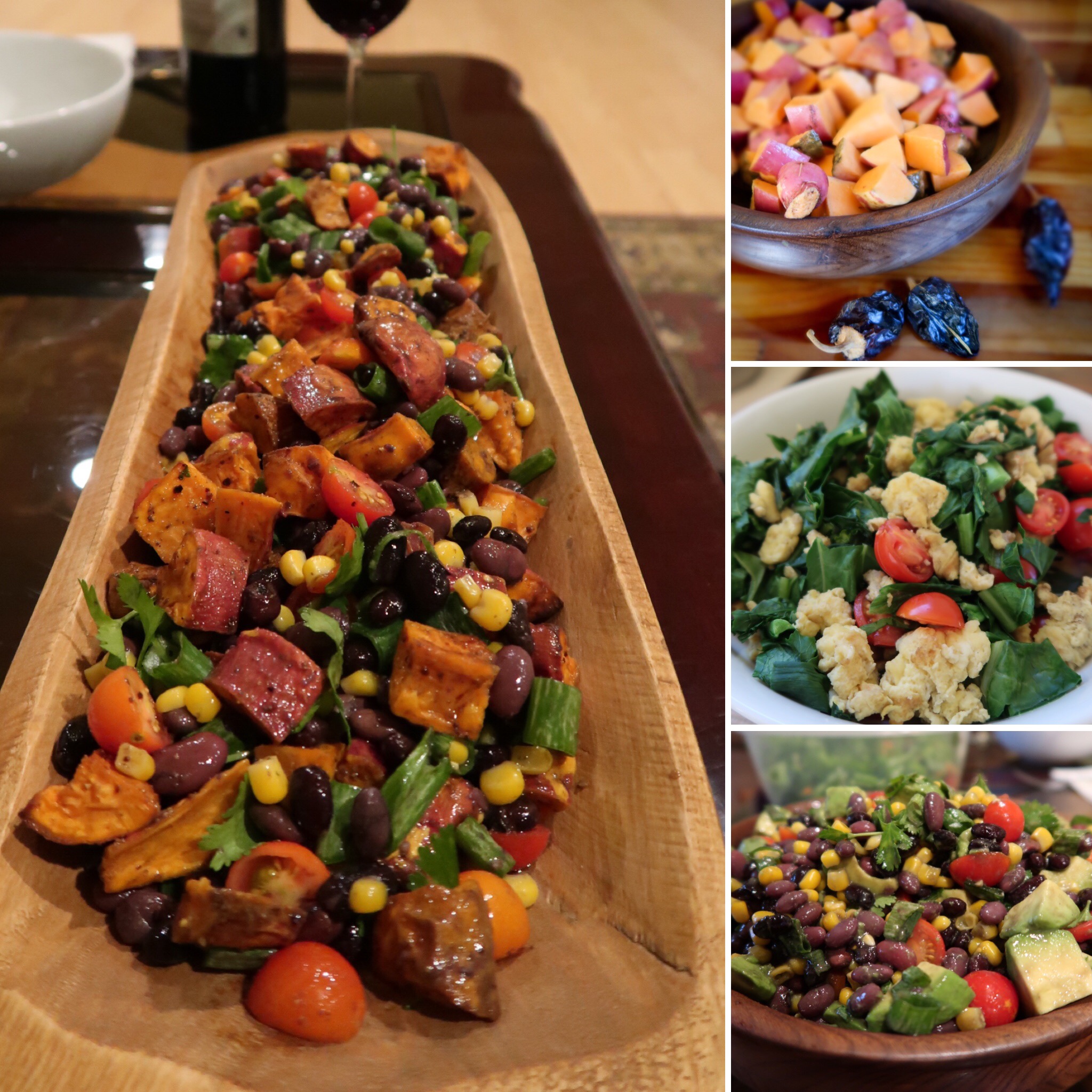
Here is an example of some of the last two days’ meals. *Most of the contents are from our garden! For two years I followed a very low carb diet with success – but now I am experimenting with beans and sweet potatoes because they are plentiful in our garden. I don’t have a pretty flat-line blood glucose yet, but I’m getting close to achieving that.
Because most people confuse type 1 diabetes with type 2, they think the condition has to do with eating too much junk food. The type 1 diabetes diagnosis didn’t have anything to do with food or diet – it came about because of an autoimmune destruction of the part of the pancreas that makes insulin and amylin. Many people are shocked when I tell them that type 1 diabetes is an autoimmune disease – and that it has nothing to do with what I ate.1 That is why I reiterate this point in many of my posts aimed at the non-T1D audience.
The fact is that EVERYONE can benefit from eating a healthy diet2 Let’s take a quick look at what I’ve eliminated from my diet by choice:
Breakfast
From breakfast on this list, I have removed Cheerios, Raisins, and milk. I have substituted in a “Chia seed oatmeal” that I will prepare for the entire week. Then, in the morning, it takes a minute to prepare.
Chia seed oatmeal recipe:
- 1 Cup ground chia (I grind it in my coffee grinder)
- 1 Cup ground flax seed
- 1 Cup Hemp Seeds
- 1 Cup Shredded, unsweetened coconut
- 1 Tbs Psyllium Husk (I buy the whole husk, not the powder)
- 1 Tbs Glucomannan Powder (optional. If lacking, just add 2Tbs of Psyllium)
- 1 Tbs Cinnamon
- 1 Cup whole (un-ground) Chia
- Dash of Salt
- *optional: Stevia powder
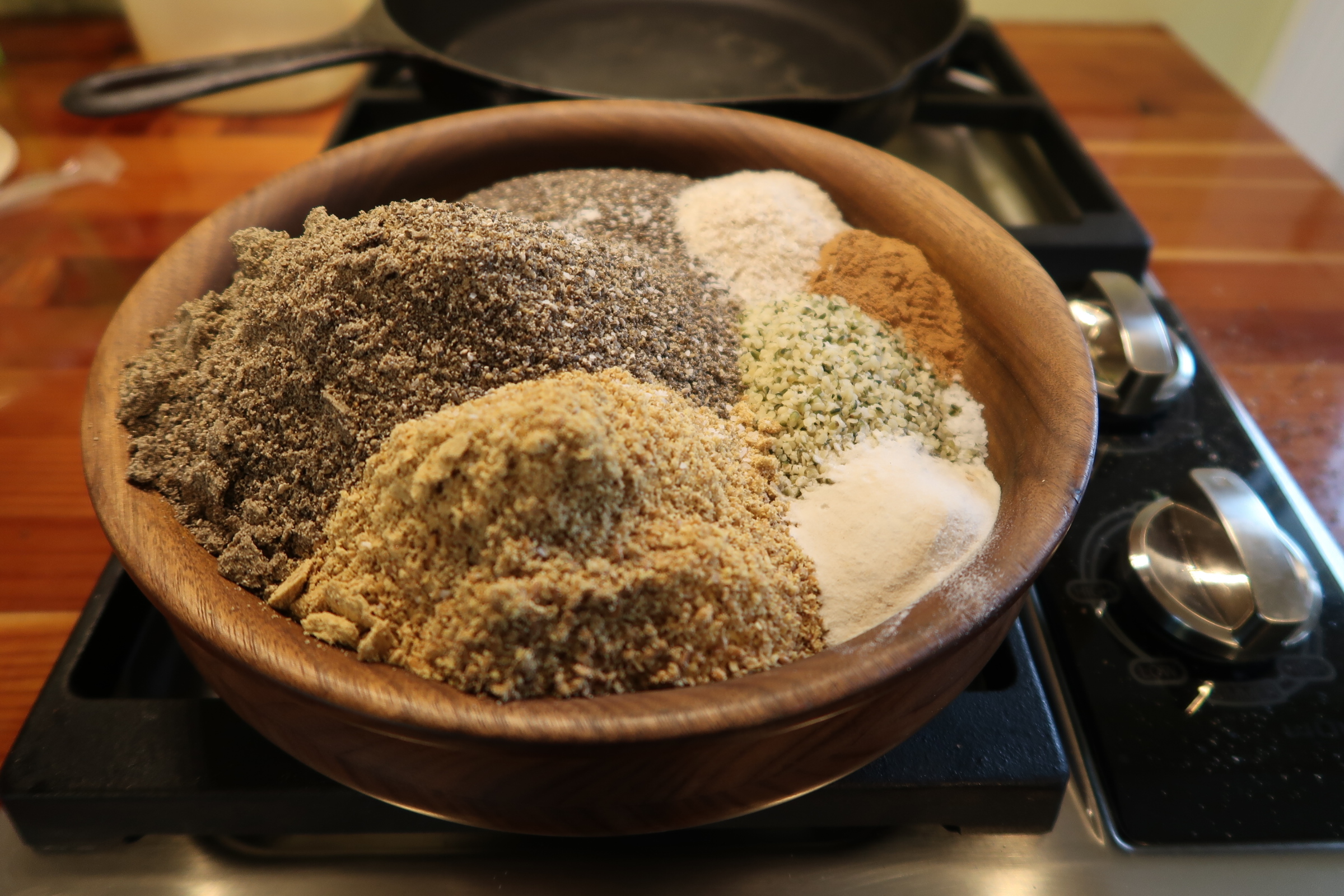
The prepared ingredients (not mixed yet) for my chia oatmeal. Missing from the photo is the coconut.
I mix all of these ingredients together in a storage container, shake well, and then put a cup of the mix in with a couple cups of water. Microwave 2 minutes, and I have a filling and nutritious breakfast. This breakfast is almost as fast to prepare as the Cheerios, and does not leave me with a “watery / belchy” feeling in my stomach that I used to have when eating cereal. Do I miss the Cheerios? No way!
Lunch
In my old diet, I used to eat a lot of peanut butter and jelly and some oranges. In the years leading up to my diagnosis, I’d even eat 3 sandwiches loaded with peanut butter and jelly3. Like breakfast, I do not miss any of these foods because they always left me feeling bloated. Lately, Lunch has been 6 scrambled eggs with garden veggies.
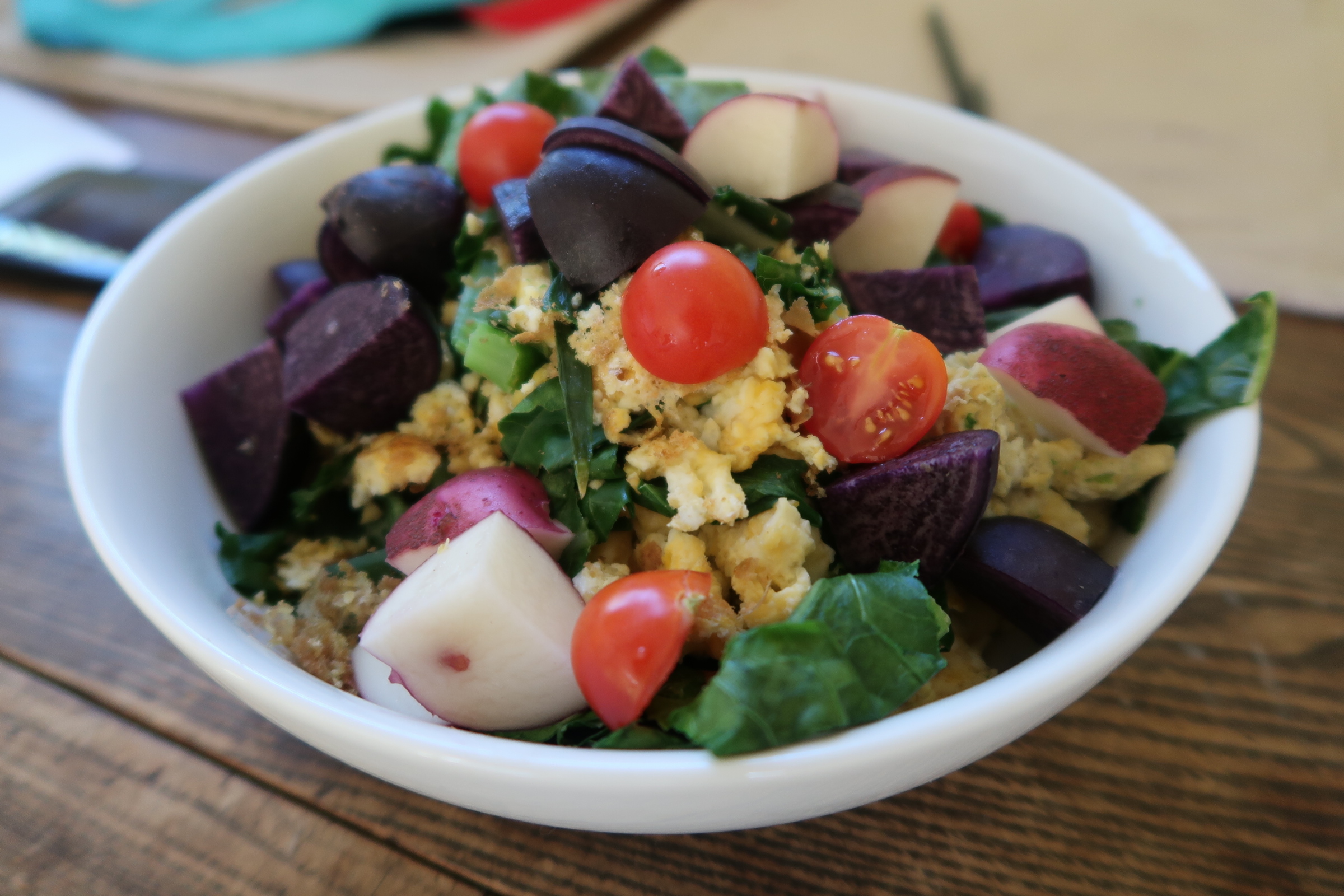
Eggs and garden veggies for lunch. If you look closely, you may notice the purple and red potatoes from the garden. These are eaten raw – and (for me at least) have ZERO glycemic load. This is because the starches are not digestible in the small intestine. Gut bacteria in the large intestine can break the potatoes down into short chain fatty acids that don’t affect blood sugar or require insulin.
I’ll alternate that with a pile of garden veggies and can of sardines (link is to my favorite brand). The veggies will vary significantly depending on the season. Common items are kale, collard, chard, beet greens, green beans, sugar peas, lettuce, tomato, raspberries, black berries, blueberries, cilantro, broccoli leaves, sauerkraut (made from our cabbage), carrots (and carrot greens), sweet potatoes, white potatoes (washed, and eaten raw), olives (soaked in salt water to remove bitterness), bitter mellon (a recent addition), cucumber, squash (hubbard, acorn, butternut, pumpkin, or spaghetti), arugula, endive, watercress, parsley, asparagus, radicchio, radish, celery, eggplant, green onion, garlic, chives, and strawberries. Believe it or not, we have all of these things growing in the garden, and plan to add more. For low blood sugars or during exercise, I will use use dried fruit from our trees (apricots, peaches, cherries4, prunes). The optimal way to handle a low blood sugar is to use a glucose tablet (assuming your blood sugar is dropping rapidly). For me, I try to not have any rapidly acting insulin injected still working while I’m doing exercise, so dried fruit (which is slower acting than a glucose tablet) is usually fast enough to bring me back up to the normal range.
Snacks
Now, instead of eating granola bars (or something equivalent) between meals, I almost exclusively snack on pecans or almonds. If I eat a small enough portion of these nuts, I do not have to inject insulin. In other words, I choose these snacks for convenience. Having to inject insulin mid-day is tricky because it interferes significantly with exercise. When I say exercise, I do not just mean going on a run or riding a bike, I mean working in the garden, cleaning dishes, squeezing grapes, or dancing with my wife. Any of these activities without waiting 3 hours for rapid acting insulin to wear off can leave me crumpled up on the couch for 20 minutes while waiting for a sugar tablet to kick in.
Dinner
Dinner is effectively unchanged from before. We have introduced some new recipes, and eliminated bread and pasta products5, but otherwise, dinner is mostly similar. Almost every day is an experiment when it comes to carbohydrates. For example, cooking sweet potatoes in the microwave changes the timing and amount insulin versus roasting them. Cooking them for 8 minutes is different from cooking them for 15 minutes. Trying to eat foods like this can lead to nasty surprises and discomfort, so I try to do this in the comfort and privacy of my own home. I need to experiment with foods one at a time before I start combining them with other foods as well – because that makes a difference too.
If you don’t have type 1 diabetes, it may be difficult to understand the significance of these seemingly subtle differences. With a blood glucose of 60 mg/dL, I will be shaking, unable to ride my bike and feeling horrible. If I have a blood glucose of 80 mg/dL, I feel perfect – and can ride my bike strong and fast. How much of a difference is that? A sugar tablet the size of an American dime. Yes, that tiny amount of sugar is all I need to go from feeling like death to being strong and fast.
Dessert
As recently as last night, I was asked, “What do you eat for dessert, lettuce?” This should be added to the long list of “things not to say to a type 1 diabetic.” As I discussed in my post titled “You can’t eat that, right?”, it is possible for me to eat any type of food. Sometimes the complexity of trying to figure out the insulin dose is not worth the benefit of what the food is going to provide. A piece of cake provides calories and sugar – but usually few vitamins and minerals. I do not miss the taste of dessert with all of the other great foods that I enjoy eating. By the time dessert rolls around, I have filled up on a great meal and with the help of symlin, I am content and satisfied. The only thing I miss is being able to be left alone when dessert rolls around. Unfortunately, people always look at me and make comments about dessert which is ultimately very embarrassing. Moreover, I lament that when I skip dessert, it tends to fuel the misconception that I cannot eat certain foods, and that I have type 2 diabetes which is usually caused by poor diet and lack of exercise. If you have read this far and still don’t know what causes type 1 diabetes (as opposed to the MUCH more common type 2 diabetes), please check this post about what may cause type 1 diabetes.
References & Footnotes
- Note: A lot of people like to tell me that AIDS is an autoimmune disease when I tell them that type 1 diabetes is autoimmune. When they say this, I have to clarify that this is NOT true. The “A” in AIDS stands for Acquired. This means that you got it from somewhere else. Autoimmune diseases happen when the immune system attacks a tissue that is part of the body, mistaking it for an invader. Autoimmune diseases are rare, but include conditions like Lupus, Multiple Sclerosis, Grave’s Disease, Hashimoto’s, and Rheumatoid arthritis.
- Note: There is not an official consensus about what constitutes a healthy diet! About the only thing we can all agree on is that no one should be eating trans-fats, and we shouldn’t be eating so many calories that we start to gain weight. On the extreme end, many people seem to do well on extremely low carbohydrate diets – but others can do well on a vegan low fat (high carb) diet. Other people have great health on a more moderate Mediterranean diet. For type 1 diabetes, the easiest diet seems to be the Dr. Bernstein Diet that I originally started with – but if you’re willing to put more work into experimentation with different insulins and timing, taking notes, and feeling bad from time to time, you can learn how to eat anything.
- Note: The reason I was eating so much is because the food I was eating was not being absorbed because I did not have enough insulin. Instead, the energy would accumulate in my bloodstream and eventually be released as sugary pee.
- Note: For unknown reasons, cherries seem to dramatically spike my blood glucose – more than the published sugar content would suggest.
- Note: This is just for convenience with insulin dosing. It does NOT mean that type 1 diabetics cannot eat bread or pasta… it just means that those are more challenging foods to figure out
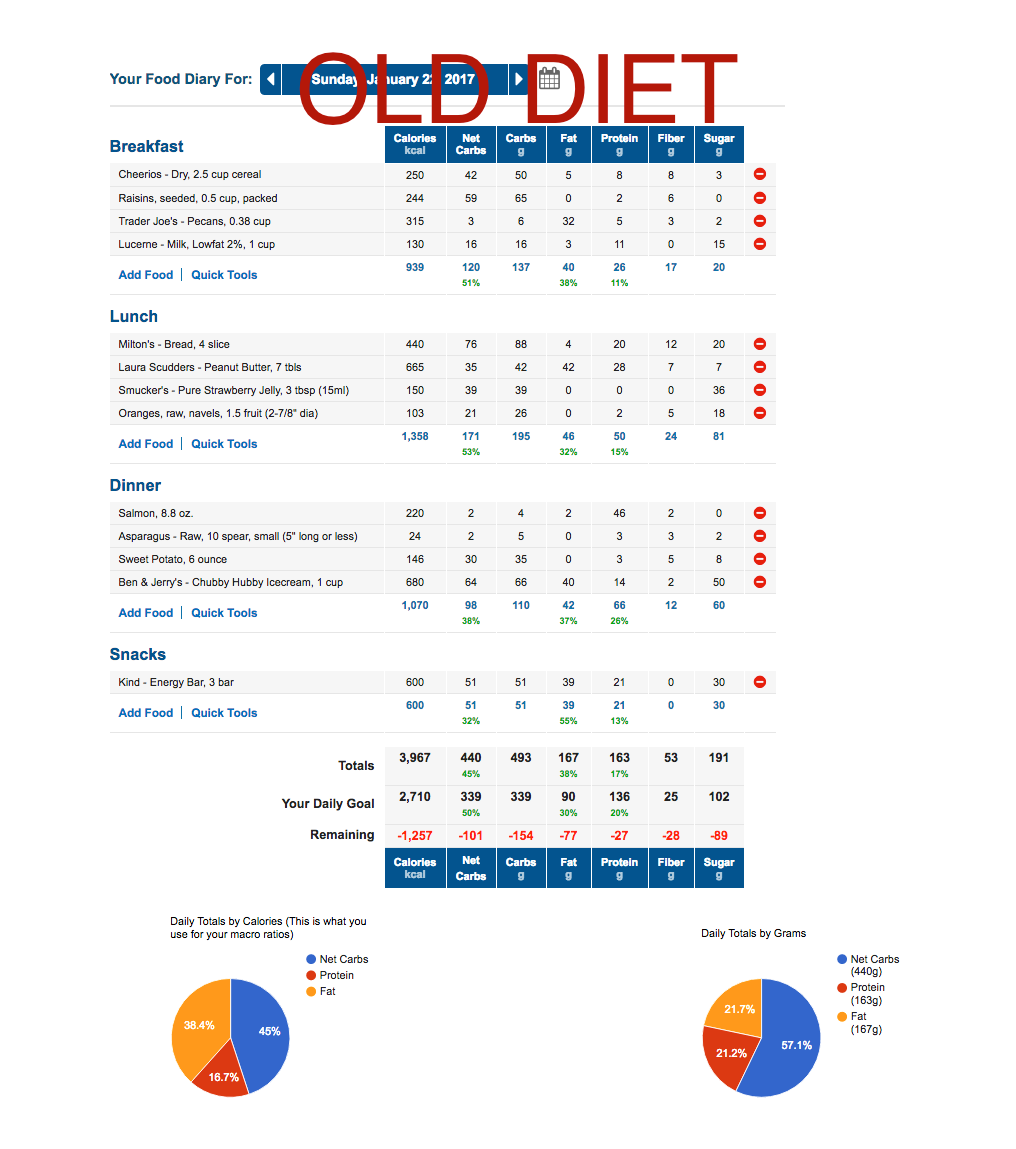























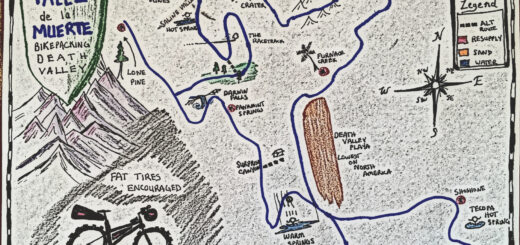



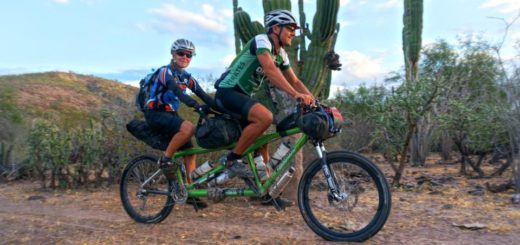
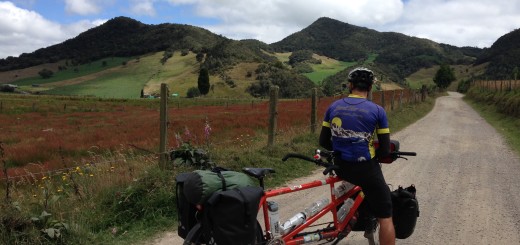
Great post! Thank you for the insightful article. I would like to include a little bit more information that long-term hyperglycemia during diabetes causes chronic damage and dysfunction of various tissues, especially the eyes, kidneys, heart, blood vessels, and nerves.
Hi Brian, Gordon just told me about this site and I find the stuff you post about food and diet very interesting. You have figured out so many good foods to eat and how to control your diabetes with less insulin. Fascinating stuff. Do you have a regular doctor you discuss this with and if so are they impressed with what you have discovered works for you?
Hi Ann – thanks for the note. I’ve found that the best resources for learning what works has been the T1D community online & experimentation. There also seem to be two camps: the high carb, low fat camp – who claim to be doing very well, and the low carb groups, who definitely do well. In the low carb groups, people will often post hours of CGM (Continuous Glucose Monitor) data with flat-line, normal blood glucose values. You won’t see this in the HCLF groups. As such, I tend to believe the LCHF people more. In my own experience, I feel SO MUCH better without the roller coaster of high carb. I did have a diabetes specific doctors. She was nice, but unfortunately she did not “get it.” This complaint is common amongst T1D’s. I was proud of how hard I worked to achieve a normal A1c of 4.8%, and her reply was: “That is too low.” So now I have a nurse practitioner who is not a diabetes specialist, but she is open minded to the fact that a type 1 diabetic can have non diabetic blood sugars if they are diligent.
I just want to know if you ACTUALLY ate “Chubby Hubby” Ice Cream!! or was that just make me chuckle? Here is an idea for for a study: Time of garden to table to eating. Your food mixes make my mouth water but I know it takes TIME to prepare such yummy combos. Also wondering about adding cheese? I would love all those things with some feta or goat or most any cheese?
Haha, that’s kind of ironic, isn’t it. Yes, Chubby Hubby used to be our favorite flavor.